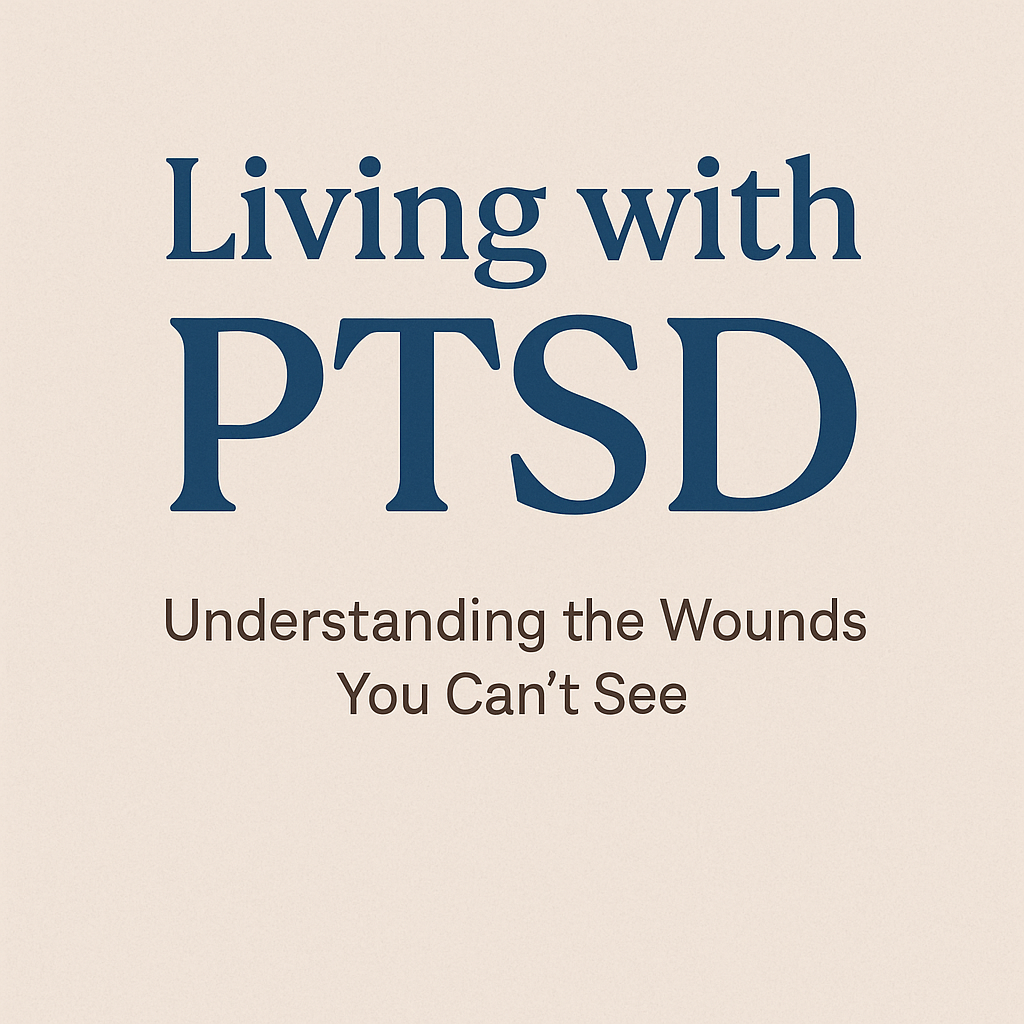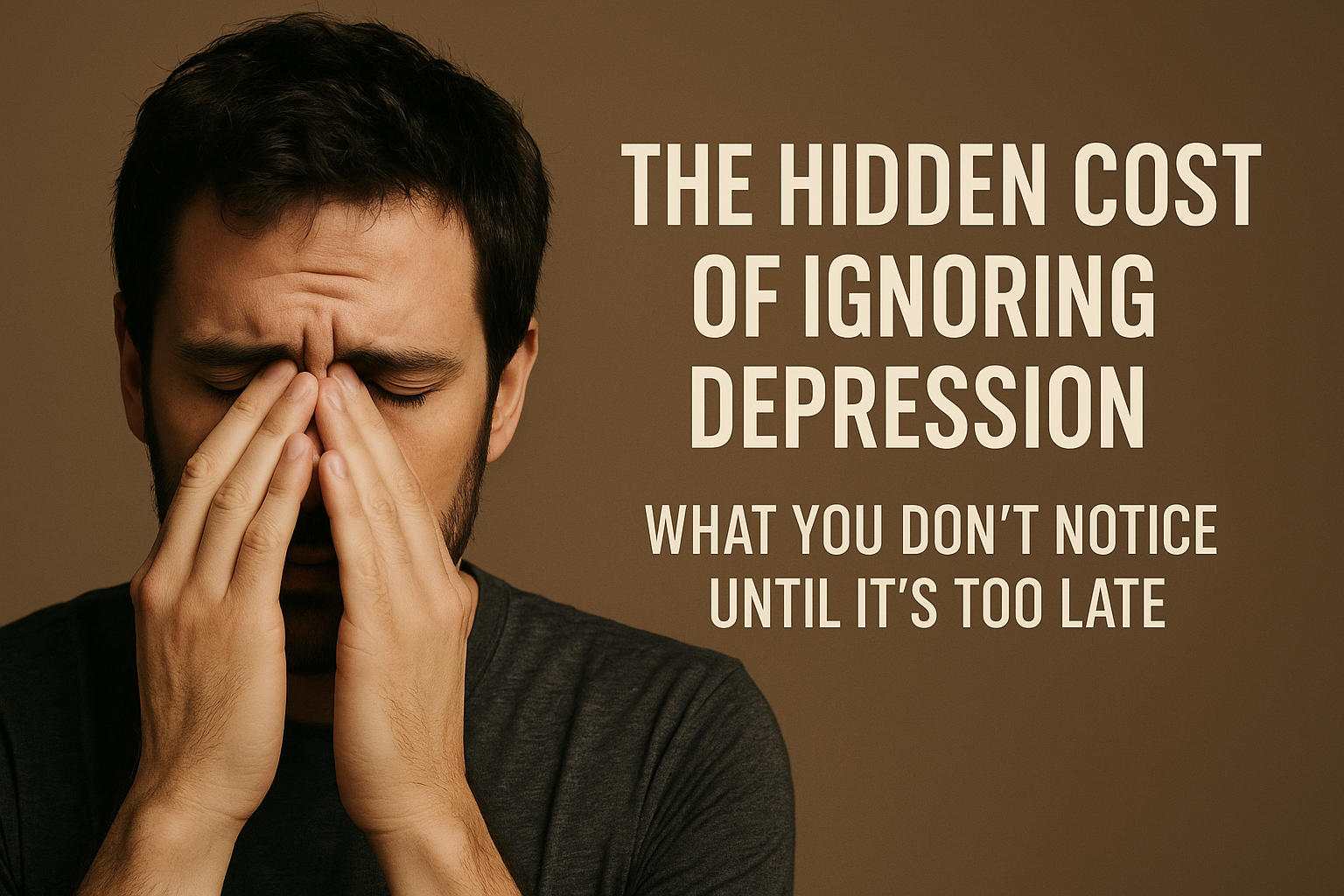By DTDF Essentials | Where Mental Health Meets Meaning
Living with intense emotions, unstable relationships, and a shifting sense of self can feel like being in constant emotional turmoil. What you should know about Borderline Personality Disorder (BPD) is that it’s more than just mood swings or “being dramatic.” It’s a serious mental health condition that affects how people relate to others, handle emotions, and perceive themselves. Yet, despite how deeply it impacts people’s lives, BPD is one of the most misunderstood and stigmatized mental health conditions.
This article breaks down the key facts, signs, causes, and treatment options—plus how you can support someone living with BPD. Whether you’re seeking answers for yourself or someone close to you, understanding BPD is the first step toward empathy, support, and healing.
What You Should Know About Borderline Personality Disorder: The Basics
Borderline Personality Disorder is a mental health disorder marked by chronic patterns of instability in emotions, self-image, behavior, and relationships. It is part of the cluster B group of personality disorders, alongside narcissistic, histrionic, and antisocial personality disorders.
People with BPD often experience:
-
Intense emotional swings that can last from a few hours to a few days
-
Difficulty managing anger or impulsive behavior
-
A deep fear of abandonment
-
An unstable sense of identity
-
Patterns of intense, unstable relationships that swing between idealization and devaluation (also known as “splitting”)
According to the National Institute of Mental Health, BPD affects about 1.4% of adults in the United States, although some experts believe the actual number may be higher due to underdiagnosis. Women are diagnosed more often than men, though research suggests men may be equally affected but misdiagnosed with other conditions like PTSD or depression.

Signs and Symptoms You Should Not Ignore
What you should know about Borderline Personality Disorder is that its symptoms can differ from person to person, but they typically include the following core traits:
-
Emotional instability: People with BPD can feel emotions more intensely and for longer periods than others. A small disagreement can lead to overwhelming distress or rage.
-
Fear of abandonment: Even the smallest perceived sign of rejection or separation—like a partner being late—can trigger panic, clinginess, or even hostility.
-
Unstable relationships: Relationships often shift between extreme closeness and intense dislike. This can cause a lot of confusion and tension.
-
Impulsive behaviors: Risky activities like binge eating, reckless driving, overspending, or substance use may serve as a temporary distraction from emotional pain.
-
Self-harming behavior: Unfortunately, many people with BPD engage in self-harm or experience suicidal thoughts.
-
Chronic emptiness: A persistent feeling of being hollow or disconnected from oneself is commonly reported.
-
Identity disturbance: People with BPD often struggle to define who they are, leading to frequent changes in values, goals, or appearance.
These symptoms aren’t just quirks—they can cause severe impairment in daily functioning and relationships.
What Causes Borderline Personality Disorder?
There’s no single cause of BPD, but what you should know about Borderline Personality Disorder is that it’s influenced by a mix of biological, psychological, and environmental factors. Here are the most recognized contributors:
1. Genetics and Brain Chemistry
Research shows that BPD may run in families. Twin studies suggest a genetic component, though no specific gene has been identified. Changes in areas of the brain responsible for emotion regulation, like the amygdala and prefrontal cortex, may also play a role.
2. Childhood Trauma and Neglect
Many people with BPD report having experienced abuse, neglect, or unstable family environments during their childhood. Early exposure to trauma, especially without secure attachments, is one of the strongest risk factors.
3. Temperament and Sensitivity
Some people are born more emotionally sensitive. When combined with an invalidating environment that dismisses or criticizes their emotions, this can lay the foundation for the disorder to develop.
Understanding these root causes is essential in reducing stigma. People don’t choose to have BPD—it’s a result of complex interactions between nature and nurture.

Diagnosing and Treating Borderline Personality Disorder
Because BPD symptoms overlap with other conditions like depression, anxiety, PTSD, and bipolar disorder, diagnosis can be tricky. A trained mental health professional will typically conduct interviews, questionnaires, and evaluate personal history before making a diagnosis based on DSM-5 criteria.
Psychotherapy: The Cornerstone of BPD Treatment
What you should know about Borderline Personality Disorder treatment is that it’s highly responsive to therapy. Here are the most common and effective approaches:
-
Dialectical Behavior Therapy (DBT): Specifically developed for BPD, DBT teaches emotional regulation, mindfulness, distress tolerance, and interpersonal skills. It’s often delivered in both individual and group formats.
-
Cognitive Behavioral Therapy (CBT): Helps individuals reframe negative thinking patterns and behaviors.
-
Schema Therapy: Focuses on identifying and healing maladaptive schemas (deep-rooted emotional patterns) formed in childhood.
These therapies help individuals learn how to navigate overwhelming emotions, improve relationships, and build a more stable sense of self.
Medication as a Supportive Tool
While there’s no medication specifically approved to treat BPD, doctors may prescribe medications to manage symptoms like depression, anxiety, or mood swings. These include:
-
SSRIs (e.g., fluoxetine)
-
Mood stabilizers (e.g., lamotrigine)
-
Antipsychotics (e.g., aripiprazole for emotional dysregulation)
Medication should always be used in conjunction with psychotherapy for the best outcomes.
Smart Therapy Gadgets
-
Apollo Neuro Worn on the wrist or ankle, it delivers gentle vibrations that can calm the nervous system and support emotional self-regulation (great for distress tolerance).
-
TouchPoints – Wearable devices using bilateral stimulation to reduce anxiety and improve focus, especially useful in emotional overwhelm.
Living with BPD or Supporting Someone Who Does
If you’re living with BPD, what you should know about Borderline Personality Disorder is that healing is absolutely possible. With commitment, patience, and the right support, many people go on to lead fulfilling, connected lives.
Here are some practical strategies that can help:
For Individuals with BPD:
-
Stay consistent with therapy: Even when it feels hard, attending regular sessions builds emotional skills over time.
-
Practice mindfulness: DBT emphasizes staying present, which can help reduce emotional reactivity.
-
Build a support system: Connecting with others who understand, whether through friends, online communities, or support groups, can ease feelings of isolation.
-
Track your triggers: Keeping a journal or using mental health apps can help identify patterns and emotional triggers.
For Loved Ones or Caregivers:
-
Educate yourself: Understanding BPD helps reduce frustration and builds empathy.
-
Set healthy boundaries: Clear, consistent boundaries are helpful and protective for both parties.
-
Avoid taking things personally: Emotional intensity and impulsivity are symptoms—not deliberate actions meant to hurt you.
-
Encourage professional help: Support your loved one in seeking therapy and sticking with it.
One of the most powerful things you can do for someone with BPD is to stay connected while encouraging personal responsibility. Recovery doesn’t mean being symptom-free overnight—it’s a gradual, ongoing process.
Breaking the Stigma: Why Compassion Matters
What you should know about Borderline Personality Disorder is that stigma can be just as damaging as the disorder itself. Labels like “manipulative” or “too emotional” are not only hurtful but also untrue and unhelpful. People with BPD are often deeply empathetic, passionate, and intuitive. Their struggles come from emotional wounds—not character flaws.
More awareness, education, and compassion can change the narrative. By replacing judgment with understanding, we can create spaces where healing is not only possible but encouraged
Final Thoughts: What You Should Know About Borderline Personality Disorder
To sum up, what you should know about Borderline Personality Disorder is this:
-
It’s a real, serious, but treatable mental health condition
-
Emotional instability, fear of abandonment, and identity struggles are central features
-
Therapy especially DBT is the most effective treatment
-
Compassion, structure, and education help both those with BPD and their loved ones
-
Recovery takes time, but it is absolutely achievable
If you or someone you know is struggling with BPD, please know that help is available—and hope is real
Let's Talk About It
Have questions or personal experiences you want to share about Borderline Personality Disorder? Leave a comment below or subscribe to our newsletter for more in-depth articles, mental health tips, and community support.
Need professional help? Don’t wait reach out to a licensed mental health provider near you.
Download our free BPD Support Toolkit – filled with journaling prompts, coping skills, and daily reminders for emotional balance. (Coming soon!)






